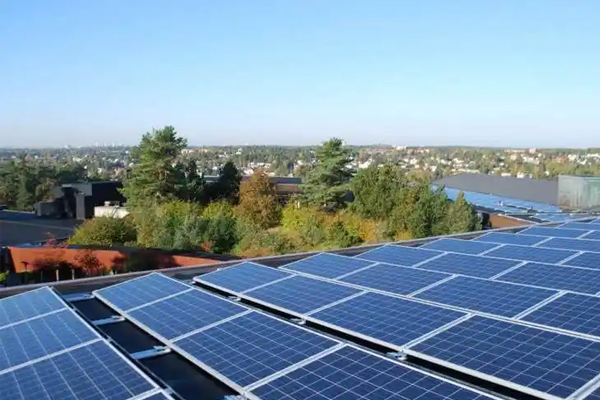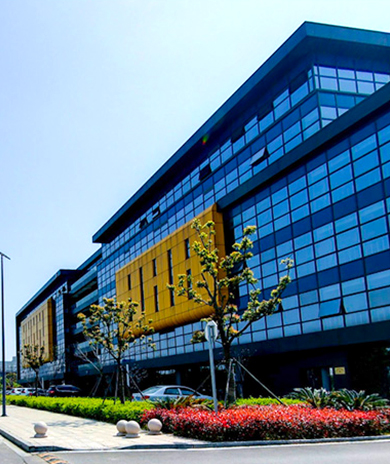VIDEO & CENTER

Recently, the Swiss Solar Association (Swissolar) released a report stating that as the industry adapts to policy uncertainties and the reduction of feed-in tariffs, by 2027, the installed capacity of photovoltaic power generation in Switzerland could reach an average of 1.5 gigawatts per year. The company presented three scenarios in its "Solar Energy Monitoring Report 2025", outlining possible market development directions and urging policymakers to maintain the steady expansion of photovoltaic power generation.
The industry association predicts that Switzerland will add approximately 1.5 gigawatts of photovoltaic power generation capacity this year, which is lower than the approximately 2 gigawatts in 2023 and 2024. The increase in these two years reached a record high. The chairman of the Swiss Solar Energy Association, Jürg Grösen, said that maintaining an annual capacity of 1.5 gigawatts is sufficient to meet Switzerland's climate goals by 2050.
The "2025 Solar Energy Monitoring Report" states that new solar energy systems have begun to influence the electricity market. Swissolar predicts that by 2025, solar power generation will exceed 8 terawatt-hours (TWh), accounting for approximately 14% of annual electricity consumption. Grosen stated at this week's press conference: "The total solar power generation will be equivalent to the output of a nuclear power plant."
Matthias Egli, the CEO of Swissolar, presented the three scenarios in the report. The "medium scenario" predicts that the new installed capacity of photovoltaic power plants will be 1.5 gigawatts in both 2026 and 2027, and will increase to 1.8 gigawatts by 2030. The "slowing-down scenario" predicts that the new installed capacity will be 1.2 gigawatts by 2030, while the "rapid scenario" expects it to reach 2.7 gigawatts by 2030, with the specific figures depending on policies and market conditions.

The association stated that part of the reason is the excessively low feed-in tariff subsidies and the uncertain demand outlook, including the upcoming power rationing measures. These measures may lift the ban on new nuclear power plants, thereby further disrupting the investment prospects.
The prices for all market segments and system scales are declining. The majority of the newly installed capacity remains for rooftop photovoltaic systems, while the contributions of agricultural-photovoltaic integration, mountain power stations, and infrastructure projects to the annual power generation are negligible.
Despite these challenges, the Swiss Solar Association (Swissolar) still highlights some positive trends. The association stated that photovoltaic power generation and hydropower remain a "dream combination" for stable power supply, and the deployment of battery storage is also increasing. The association plans to release its first comprehensive energy storage report in the spring of 2026, predicting that the battery storage capacity will reach 1.25 gigawatt-hours by the end of 2025, an increase of approximately 50% compared to 2024.
The 8 gigawatts of installed photovoltaic power generation capacity in Switzerland has already had an impact on the wholesale electricity prices, especially during the summer. The Swissolar Association stated that measures such as battery storage and shared solar models (including zero-energy communities (ZEV) and local energy communities (LEG)) can alleviate the price drop and grid pressure. The association urged the Federal Council to adjust the network charging regulations to promote shared usage and reduce the demand for grid expansion.
Swissolar stated that it is also optimistic about the six distribution network operators launching dynamic electricity pricing next year, and continues to advocate for a wider adoption of energy management systems.














